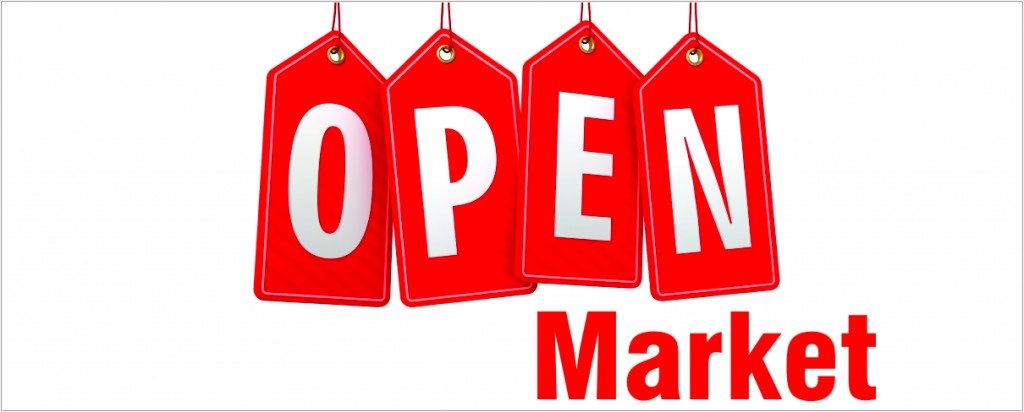
So I’m in a conference that’s talking all the time about B2B2C models. I guess that’s because there are a lot of FinTech startups focused on the B2B2C structures like Leveris, Thought Machine, Solaris, RailsBank, ClearBank, CBW and more. But these are not B2B2C structures. The people talked B2B2C have got that wrong. There is no B or C in an open marketplace, just open structures.
That is why an Open Banking structure is based upon apps, APIs and analytics, and offers access for everyone. So a B can access a marketplace, as can a C, as can a G, an E, a D, a M or an I.
WTF?
OK, too many acronyms.
I always remember my graduate training – yes, I have a very good memory and can still recall days before the Civil War – and the lecturer presenting a one-hour discussion about TLAs. There was PL1, JCL and such like. At the end, I tremulously raised my hand. “Yes”, said the trainer. “Can you tell me what a TLA is?” For the whole lecture, he had told us about the overwhelming use of TLAs in the tech world, but had failed to say that TLA stood for Three Letter Acronym.
So B2B is Business-to-Business and B2C is Business-to-Consumer. I’m sure you know those. A G is a Government, an E is an Employee, a D is a Device, a M is a Machine and an I is an Institution. Anyone can access a marketplace.
This is a fundamental change once again, and for most C’s they’ll be happy for a B to be the aggregator of their apps, APIs and analytics to give them a fantastic user experience. For some C’s however, they may aggregate these services themselves. That’s where the assumption that offering an open marketplace of apps, APIs and analytics for a business falls down, as it’s not always for a business.
Equally, I can see a burgeoning market for offering financial apps, APIs and analytics that focus on these other communities of D’s, M’s, E’s, G’s and I’s. In fact, we’re going to see a hugely diverse open marketplace growing of different apps, APIs and analytics for everything from treasury services to FX to buy-side to consumer. This is not a vanilla play, and the discussion of B2B2C is wrong. We should be talking about Open Banking and define it. Oh, I think I just did, but if you want more background, these blogs give you a lot more insight:
- If you want to convince the bank to change, read this blog
- Building the new financial marketplace
- A seven year old idea comes of age
- Can banks change their control freak cultures?
Chris M Skinner
Chris Skinner is best known as an independent commentator on the financial markets through his blog, TheFinanser.com, as author of the bestselling book Digital Bank, and Chair of the European networking forum the Financial Services Club. He has been voted one of the most influential people in banking by The Financial Brand (as well as one of the best blogs), a FinTech Titan (Next Bank), one of the Fintech Leaders you need to follow (City AM, Deluxe and Jax Finance), as well as one of the Top 40 most influential people in financial technology by the Wall Street Journal's Financial News. To learn more click here...

